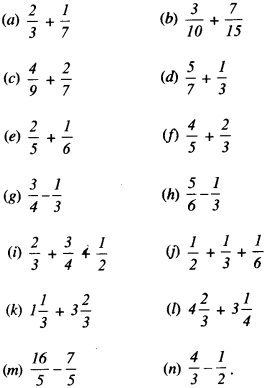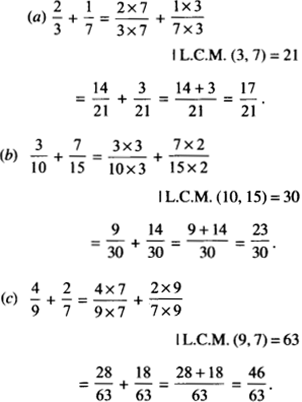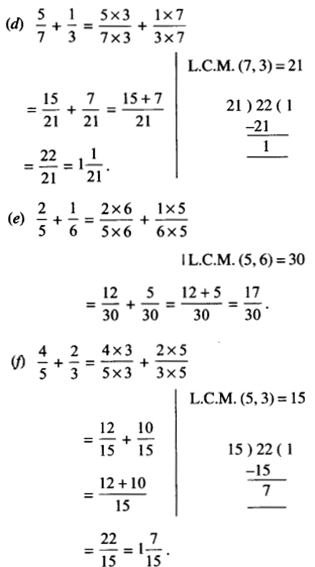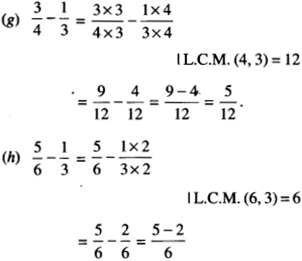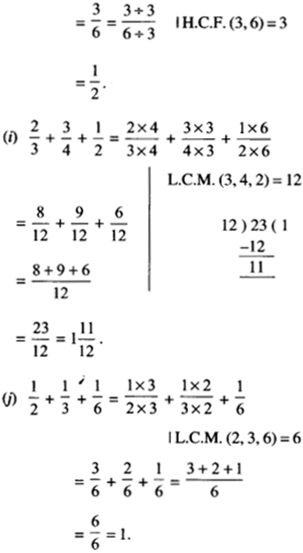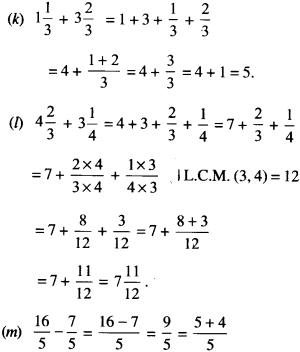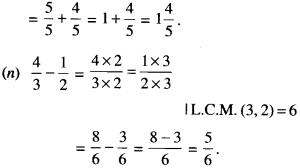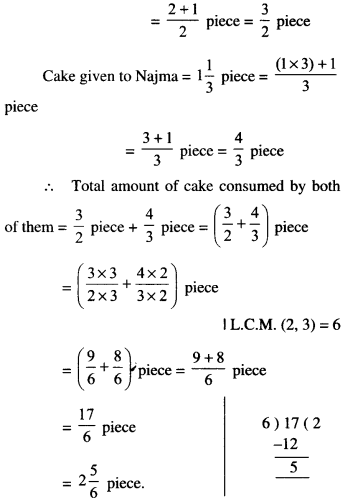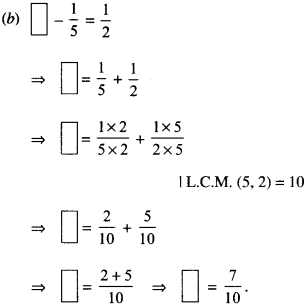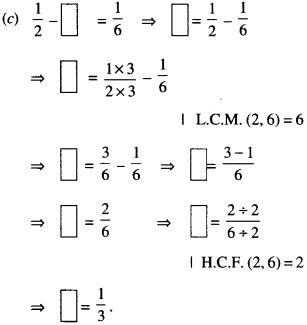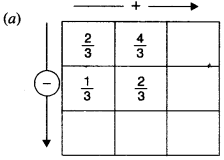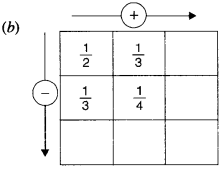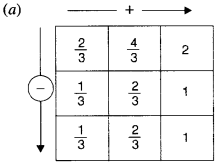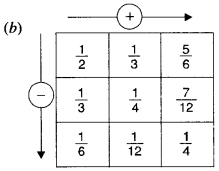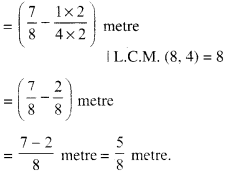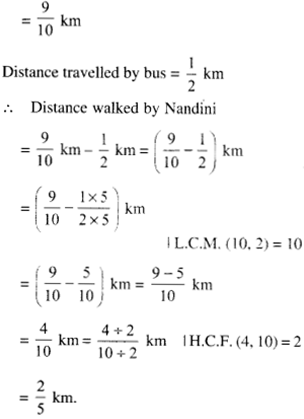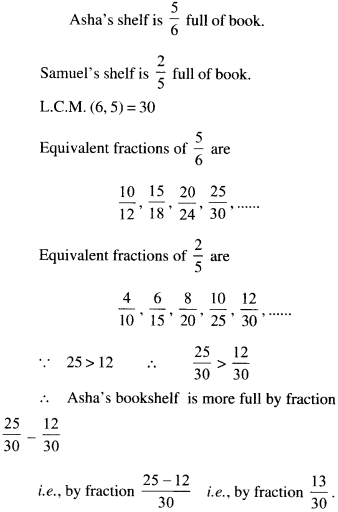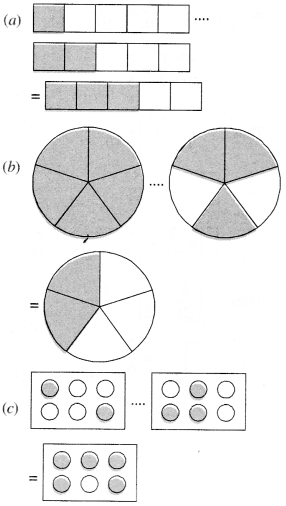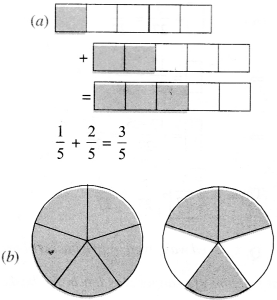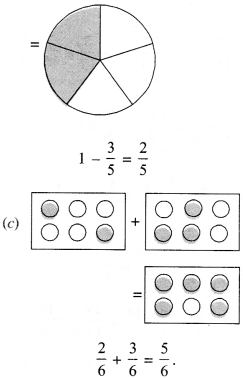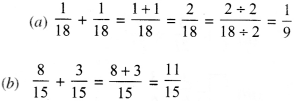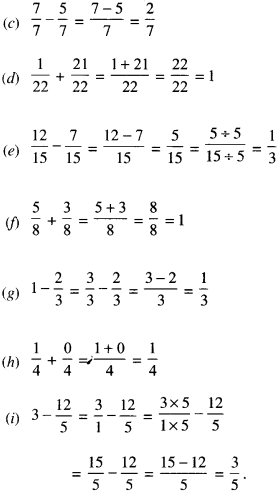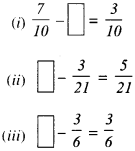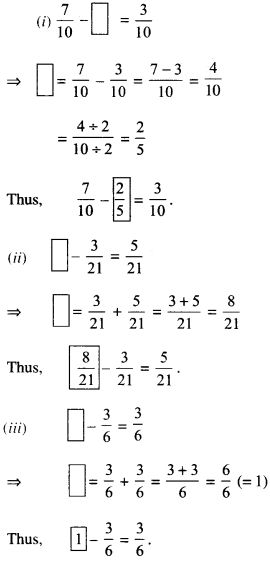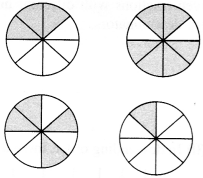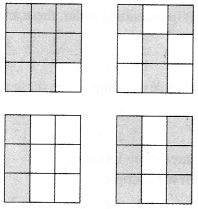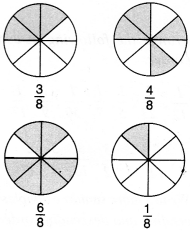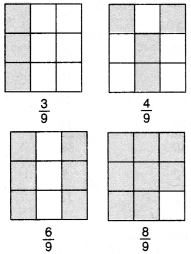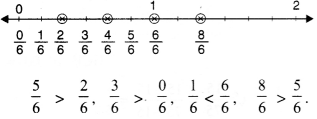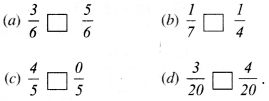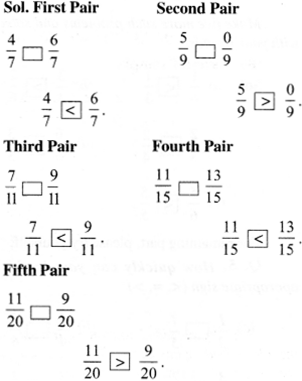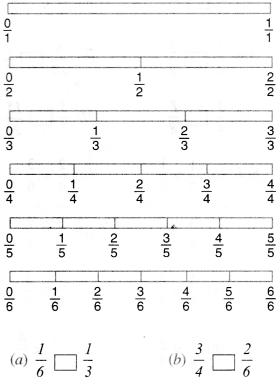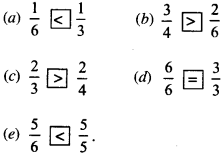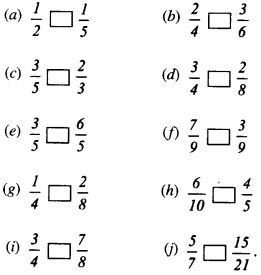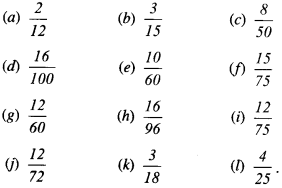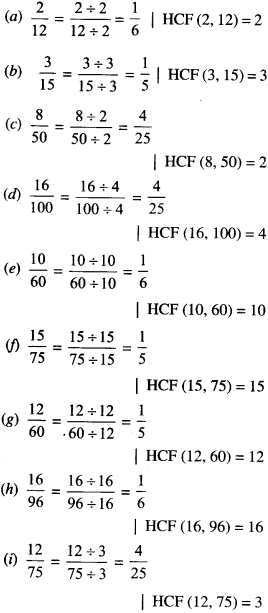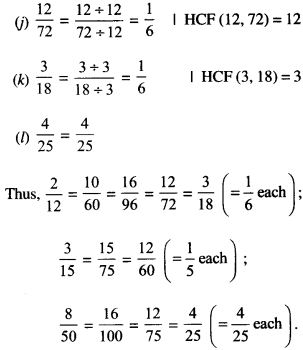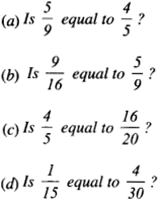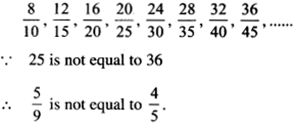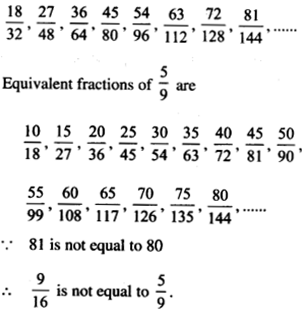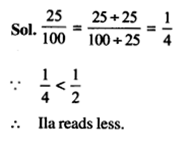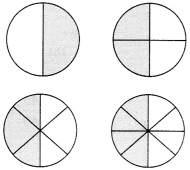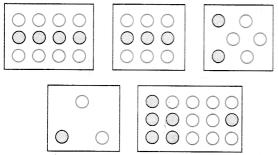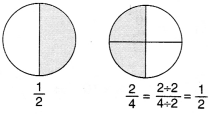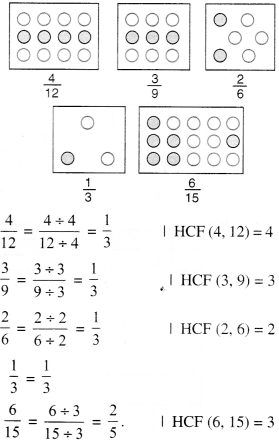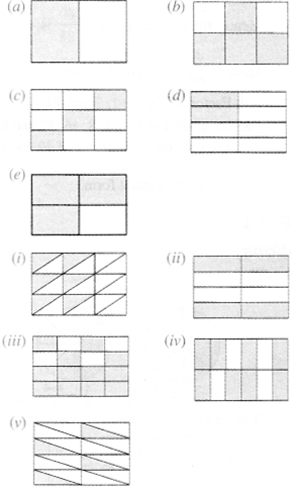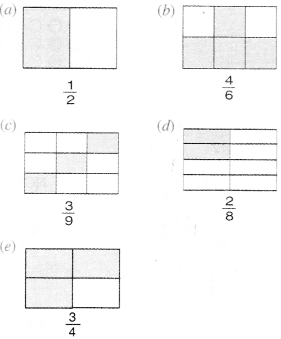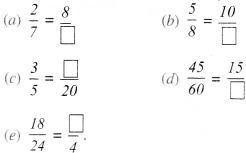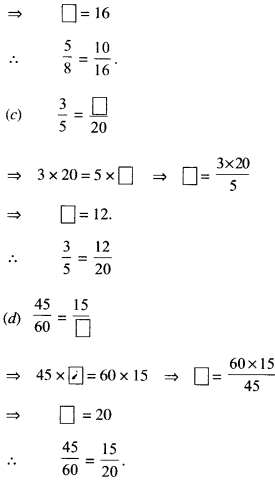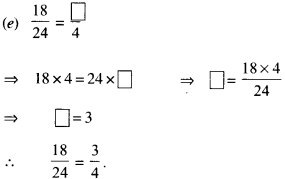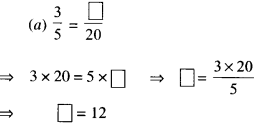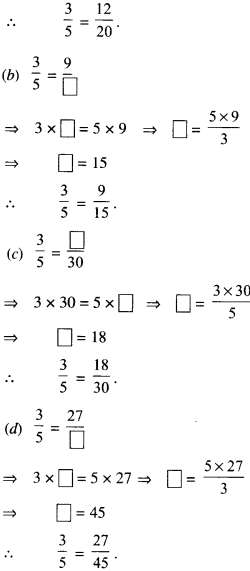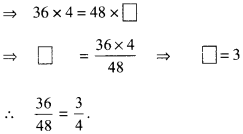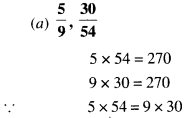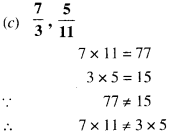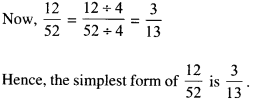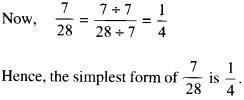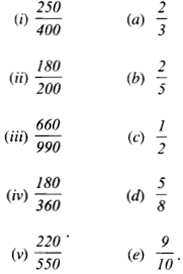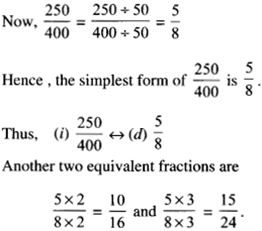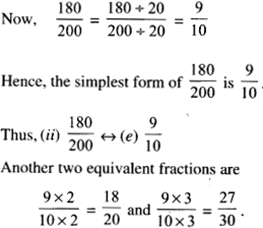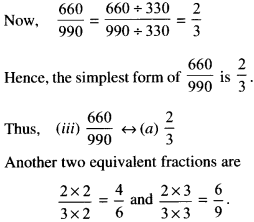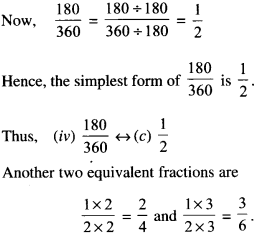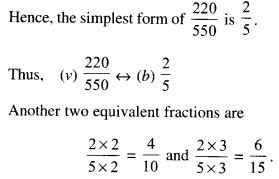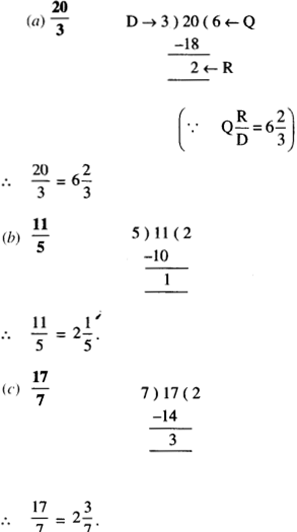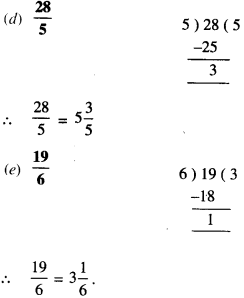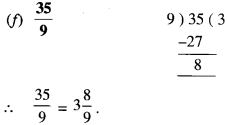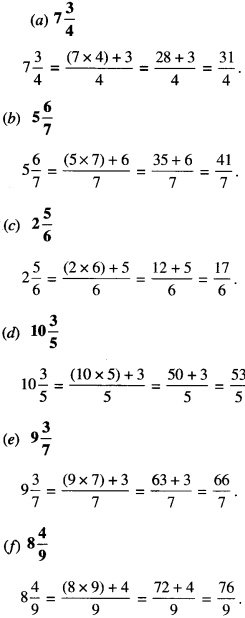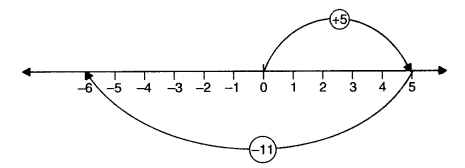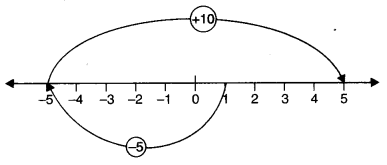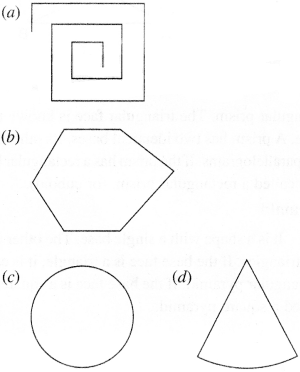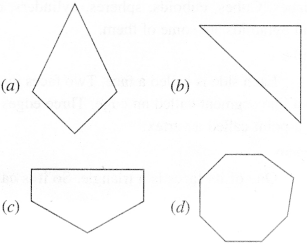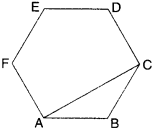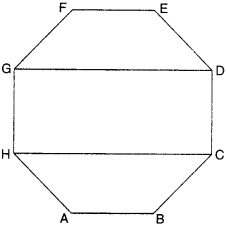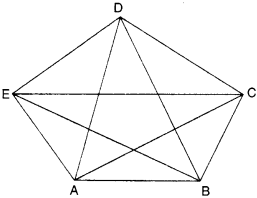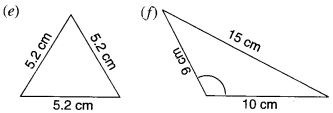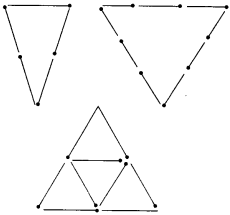NCERT Solutions for Class 6 Maths Chapter 8 Decimals Ex 8.2 are part of NCERT Solutions for Class 6 Maths. Here we have given NCERT Solutions for Class 6 Maths Chapter 8 Decimals Ex 8.2.
- Decimals Class 6 Ex 8.1
- Decimals Class 6 Ex 8.3
- Decimals Class 6 Ex 8.4
- Decimals Class 6 Ex 8.5
- Decimals Class 6 Ex 8.6
| Board | CBSE |
| Textbook | NCERT |
| Class | Class 6 |
| Subject | Maths |
| Chapter | Chapter 8 |
| Chapter Name | Decimals |
| Exercise | Ex 8.2 |
| Number of Questions Solved | 7 |
| Category | NCERT Solutions |
NCERT Solutions for Class 6 Maths Chapter 8 Decimals Ex 8.2
Question 1.
Complete the table with the help of these boxes and use decimals to write the number.
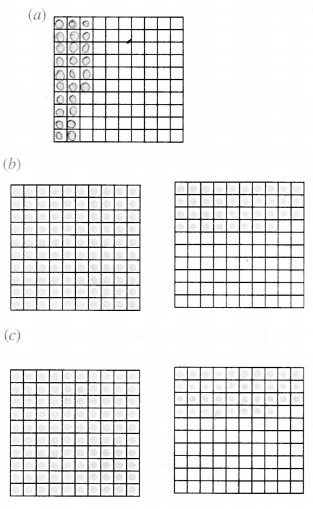
| Ones | Tenths | Hundredths | Number | |
| (a) | ||||
| (b) | ||||
| (c) |
Solution.
| Ones | Tenths | Hundredths | Number | |
| (a) | 0 | 2 | 6 | 0.26 |
| (b) | 1 | 3 | 8 | 1.38 |
| (c) | 1 | 2 | 8 | 1.28 |
Question 2.
Write the numbers in the following place value table in decimal form:
| Hundreds (100) |
Tens (10) |
ones (1) |
Tenths (Tenths \(\frac { 1 }{ 10 } \)) |
Hundredths (Tenths \(\frac { 1 }{ 100 } \)) |
Thousandths (Tenths \(\frac { 1 }{ 1000 } \)) |
|
| (a) | 0 | 0 | 3 | 2 | 5 | 0 |
| (b) | 1 | 0 | 2 | 6 | 3 | 0 |
| (c) | 0 | 3 | 0 | 0 | 2 | 5 |
| (d) | 2 | 1 | 1 | 9 | 0 | 2 |
| (e) | 0 | 1 | 2 | 2 | 4 | 1 |
Solution.
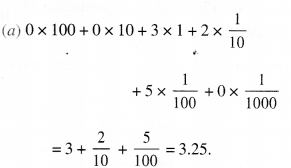
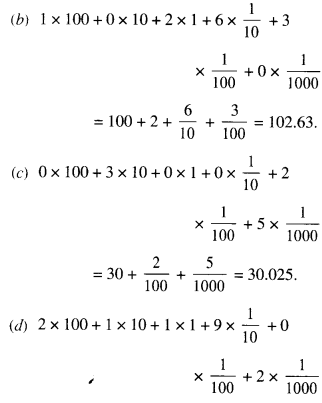
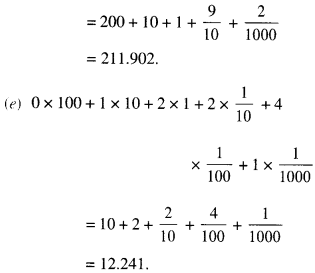
Question 3.
Write the following decimals in the place value table:
(a) 0.29
(b) 2.08
(c) 19.60
(d) 148.32
(e) 200.812
Solution.
| DecimalNumber | Hundreds | Tens | Ones | Tenths | Hundredths | Thousandths |
| (a) 0.29 | 0 | 0 | 0 | 2 | 9 | 0 |
| (b) 2.08 | 0 | 0 | 2 | 0 | 8 | 0 |
| (c) 19.60 | 0 | 1 | 9 | 6 | 0 | 0 |
| (d) 148.32 | 1 | 4 | 8 | 3 | 2 | 0 |
| (e) 200.812 | 2 | 0 | 0 | 8 | 1 | 2 |
Question 4.
Write each of the following as decimals:
(a) 20+9+\(\frac { 4 }{ 10 } \)+\(\frac { 1 }{ 100 } \)
(b) 30+\(\frac { 4 }{ 10 } \) + \(\frac { 8 }{ 100 } \)
(c)137+ \(\frac { 5 }{ 100 } \)
(d) \(\frac { 7 }{ 10 } \) + \(\frac { 6 }{ 100 } \) + \(\frac { 4 }{ 1000 } \)
(e) 23+\(\frac { 2 }{ 10 } \) + \(\frac { 6 }{ 1000 } \)
(f)700+20+5+\(\frac { 9 }{ 100 } \)
Solution.
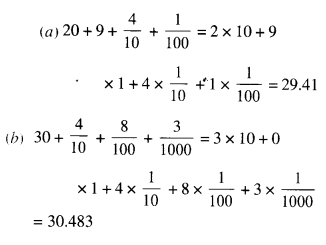
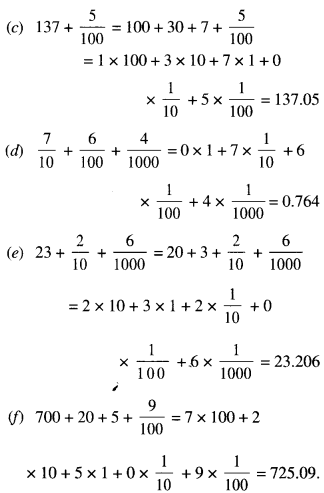
Question 5.
Write each of the following decimals in words:
(a) 0.03
(b) 1.20
(c) 108.56
(d) 10.07
(e) 0.032
(f) 5.008.
Solution.
(a) Zero point zero three
(b) One point two zero
(c) One hundred eight point five six
(d) Ten point zero seven
(e) Zero point zero three two
(f) Five point zero eight.
Question 6.
Between which two numbers in tenths place on the number line does each of the given number lie?
(a) 06
(b) 0.45
(c) 19
(d) 0.66
(e) 92
(f) 0.57.
Solution.
Each of the given numbers lies between the two whole numbers 0 and 1 on the number line.
(a) 0 and 0.1
(b) 4 and 0.5
(c) 1 and 0.2
(d) 0.6 and 0.7
(e) 9 and 1.0
(f) 0.5 and 0.6.
Question 7.
Write as fractions in lowest terms:
(a) 0.60
(b) 0.05
(c) 75
(d) 0.18
(e) 25
(f) 0.125.
Solution.
(a) 0.60
\(0.60 =\frac { 60 }{ 100 } =\frac { 60\div 20 }{ 100\div 20 } \)
∵ H.C.F.(60,100) = 20
= \(\frac { 3 }{ 5 } \)
(b) 0.05
\(0.05=\frac { 5 }{ 100 } =\frac { 5\div 5 }{ 100\div 5 } \)
∵ H.C.F.(5,100) = 5
= \(\frac { 1 }{ 20 } \)
(c) 0.75
\(0.75=\frac { 75 }{ 100 } =\frac { 75\div 25 }{ 100\div 25 } \)
∵ H.C.F.(75,100) = 25
= \(\frac { 3 }{ 4 } \)
(d) 0.18
\(0.018 =\frac {18 }{ 100 } =\frac { 18\div 2 }{ 100\div 2 } \)
∵ H.C.F.(18,100) = 2
= \(\frac { 9 }{ 50 } \)
(e) 0.25
\(0.25 =\frac { 25 }{ 100 } =\frac { 125\div 125 }{ 100\div 25 } \)
∵ H.C.F.(25,100) = 25
= \(\frac { 1 }{ 4 } \)
(f) 0.125
\(0.125 =\frac { 125 }{ 1000 } =\frac { 125\div 125 }{ 1000\div 125 } \)
∵ H.C.F.(125,1000) =125
= \(\frac { 1 }{ 8 } \)
We hope the NCERT Solutions for Class 6 Maths Chapter 8 Decimals Ex 8.2 help you. If you have any query regarding. NCERT Solutions for Class 6 Maths Chapter 8 Decimals Ex 8.2, drop a comment below and we will get back to you at the earliest.
